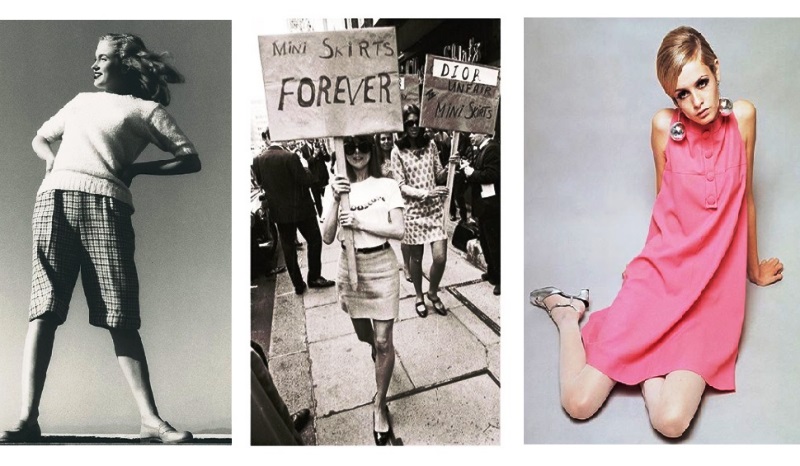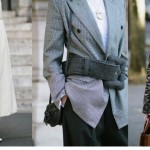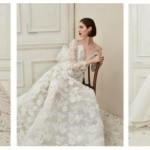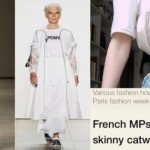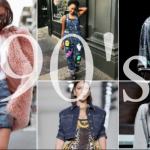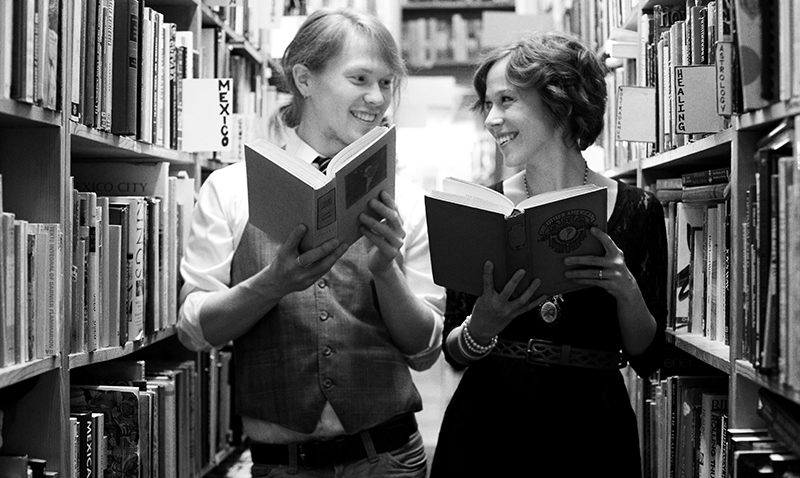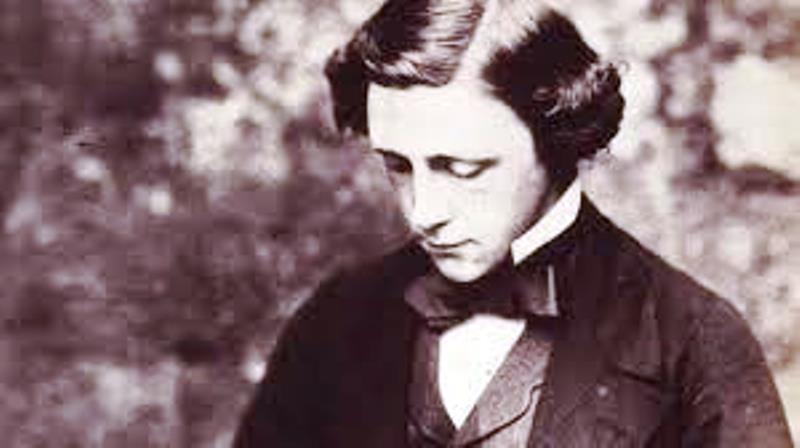The enthusiasm with fashion is often inspired by icons revered over time, be it Audrey Hepburn, or Jackie Kennedy. The influence of the 1960s fashion trends on the years that followed were tremendous, through the arts, films, music, and politics. In fact, the year 1960 is important for a fashion aficionado simply because of the emergence of trends that were subsequently normalized in the decades that followed.
The 1960s fashion trends were drastically different from the previous decade. With the end of the second world war, there was a desire to return to a traditional society marked by stability. The fashion, thus, heavily mimicked the trends popular from the Victorian period in the 1950s. But as history tells us, the period following the Second World War marked the advent of modernity, and greatness was accorded to the advances made in science and technology, which heavily reflected in the culture prevalent in the society at the time.
Suggested read: Here’s How You Can Work Vintage Fashion Elements Into Your Look This Season
In a way, the 1960s fashion trends largely opposed the traditional outlook revered during the 50s, and therefore, was liberal in its efforts. More remarkably, the fashion was not only influenced by films, but also by the rising rock and hippie culture, and the various political protests at the time.
While the changes brought about by the decade were tremendous, it was not overnight; it occurred at a gradual pace.
Early 1960s
Jackie Kennedy
Jackie Kennedy was not just the first lady of the United States, she was also a fashion icon – influencing the way women dressed and fashion for the longest of time. Her style was simple, but the epitome of elegance. A transition from the 50s- Jackie O’s famous outfits were mostly cocktail gowns and dresses with flowing silhouettes in pastel shades, matched by color coordinated pillbox hats and white gloves. In fact, Jackie Kennedy often wore Chanel, Valentino and Givenchy. Thus, the full skirt dresses and sheath dresses from the 50s still remained in vogue well into the early 60s.
While she was one of the last fashion icons to sport the hat, she popularized the usage of another accessory, which was the oversize sunglasses. Remember the 2000s trend on the big-sunglasses that covered half your face? Well, we could credit Jackie O’ for that.
But with President Kennedy’s assassination in 1964, Jackie Kennedy was no longer publicly active, and fashion aficionados at the time had to shift focus to other popular idols.
The baby boomers were not just in plenty, but coming of age. and all in their youth, marking the decade with the ‘youthquake’ movement. The idea was to go back to the comforts of the childhood, with bright block colors, geometric patterns shape-less silhouettes. The look was called the ‘Mod’ look, short for ‘modernist’, and was essentially futuristic and simplistic. The fashion was minimalist, only in accompaniment, and grew in response to the conservatism marked by the 50s.
‘Mod’ fashion
The origin of the Mod Culture was with the popularization of ‘boutique shopping’, that began in the UK and arrived in the US eventually. If a single designer were to be attributed to the origin of this fashion trend, it would be Mary Quant, who initiated the ‘London Look’, which was characterized by Miniskirts with colored tights, all in bold, powerful colors with an A-Line cut. Before the ‘London look’, miniskirts mostly appeared in the sci-fi film space, and symbolized the ‘modern’ look.
The miniskirts we see today are very different from the 60s, in the sense that anything above the knee was a miniskirt, and was not necessarily limited to the pairing of a skirt per say. But it did bring in the trend of shorter length that was more comfortable and devoid of rules that the 50s symbolized.
Mary Quant also popularized the ‘Bob’ hair style, which was much shorter haircut that was sleek and chic, characterizing the youth of the day.
Suggested read: Rule The Fashion World With These Nail Color Trends
Rudi Gernreich and the second wave
If the Mod fashion challenged the calmness and rigidity of the 50s fashion, Rudi Gernreich went a step ahead and used fashion as a medium to provoke and protest. An Austrian by birth, Gernreich was the designer of the ‘monokini’, a daring topless swimsuit. His other creations included the first braless bikini top, and the first thong bikini. His designs were futuristic, but prioritized comfort and athleisure. Gernreich was also the first to create a unisex clothing line, way before the conversation on the fluidity of gender emerged. His designs also had geometric patterns, but in a minimalist way.
The relevance of Gernreich’s fashion in 2018 shows the relevance the designer had back in the day, when it came to combining the cultures of protest for posterity. The 1960s were synonymous with the revolutionary changes being brought about through the civil rights movement and the second wave of feminism, wherein the status quo was being challenged thoroughly. The fact that fashion could be used to bring about change was understood by Gernreich long ago, and marks the relevance his designs find in the advent of the #metoo movement today.
(Futuristic and liberal, that is how Rudi Gernreich’s designs can be described)
